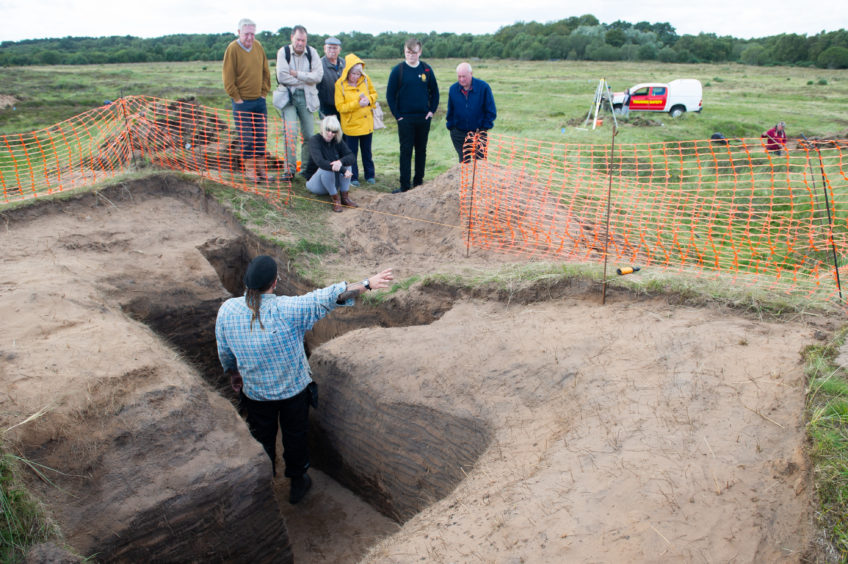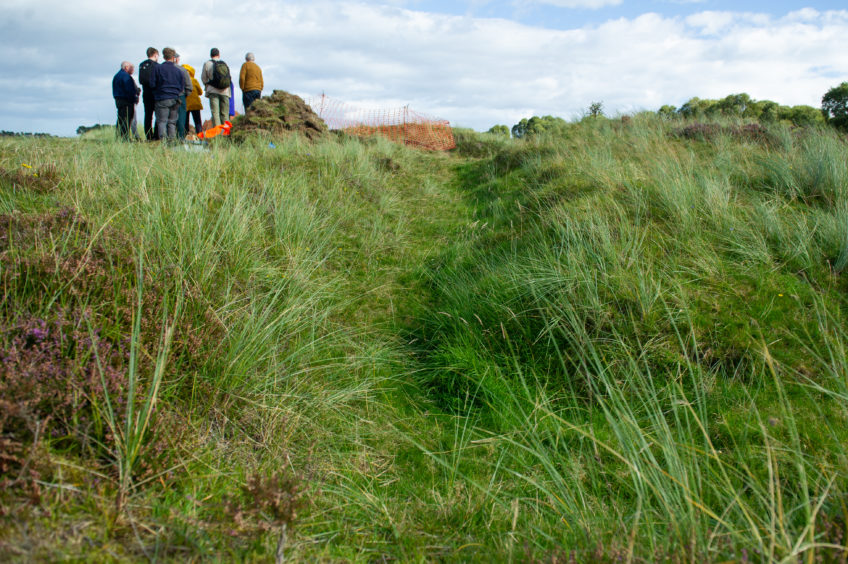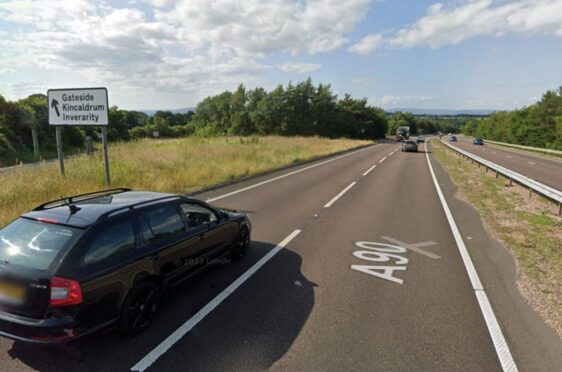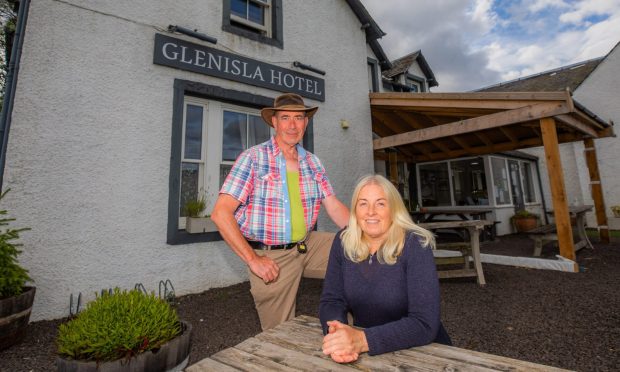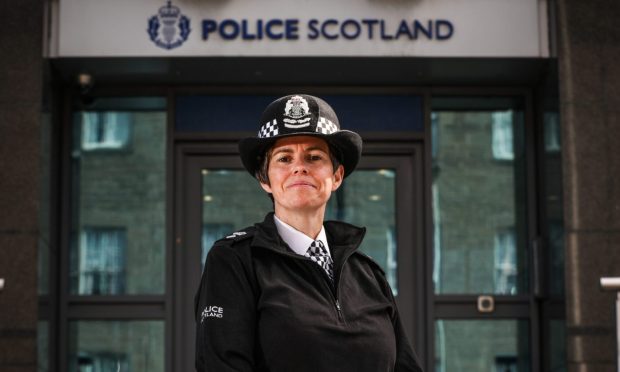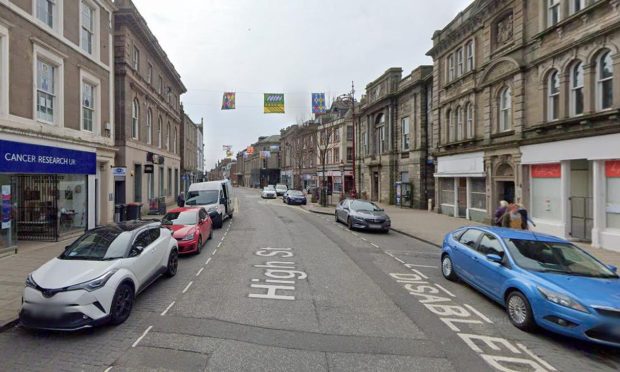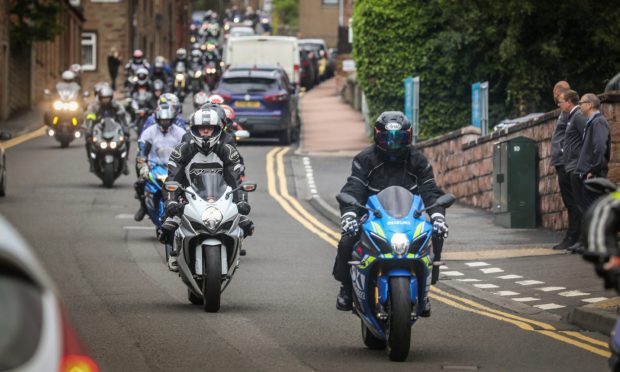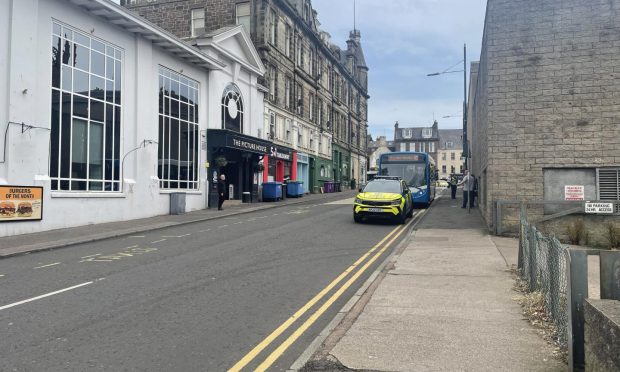‘Time travellers’ have returned to Angus to unearth new clues as to how soldiers were trained in trench warfare.
The training trenches at Barry Buddon Training Centre were used by soldiers to practise digging the trenches they would later have to construct and maintain on the Western Front.
Archaeologists decided to come back this year after a previous dig at the site recovered various bullet types, the oldest from a Martini Henry rifle dating back to the Anglo-Zulu War in 1879.
The trenches have been preserved for more than 100 years in the sands of the Buddon site which was used as a training centre for troops before they were deployed to France and Belgium.
In order to ensure that they were as well prepared as possible for trench warfare, a “simulator” was created on Buddon Range.
The system consists of an intricate arrangement of inter-linked trenches including front line trenches, machine gun trenches and communication trenches.
The team includes archaeologists from Defence Infrastructure Organisation (DIO), the part of the MOD which manages the land, Wessex Archaeology and Breaking Ground Heritage.
Phil Abramson, an archaeologist at DIO, said: “Our excavations on this site last year revealed the trench system soldiers trained in before going to fight on the front lines of the First World War, together with various artefacts such as bullet casings.
“This year we’re hoping to deepen our knowledge of how they trained here.”
The trenches which have been excavated have the tell-tale marks of the presence of sandbags.
This makes the archaeologists think that these were a type of trench known as breastworks, which were used in parts of Belgium during the First World War.
It was a technique used where the ground was too wet to dig a full depth trench.
Instead of digging a deeper trench as was done in other parts of the Western Front, a shallower trench would be dug and the sides built up with sandbags to protect the soldiers.
Members of the Carnoustie Branch of the Royal British Legion Scotland were invited to visit the site and were given a conducted tour by the archaeologists.
Davie Paton, chairman of the Carnoustie Legion, said: “It was fascinating to have such an insight into how troops in World War One lived and fought, made all the more poignant by the discovery of articles of military equipment and personal effect that the team had uncovered during their excavations this year.”
There are no photos available of any trench training taking place at Barry Buddon around the period of the First World War.
The archaeologists said they hope to return again next year as they still feel that the site still has a lot of secrets to give up.
